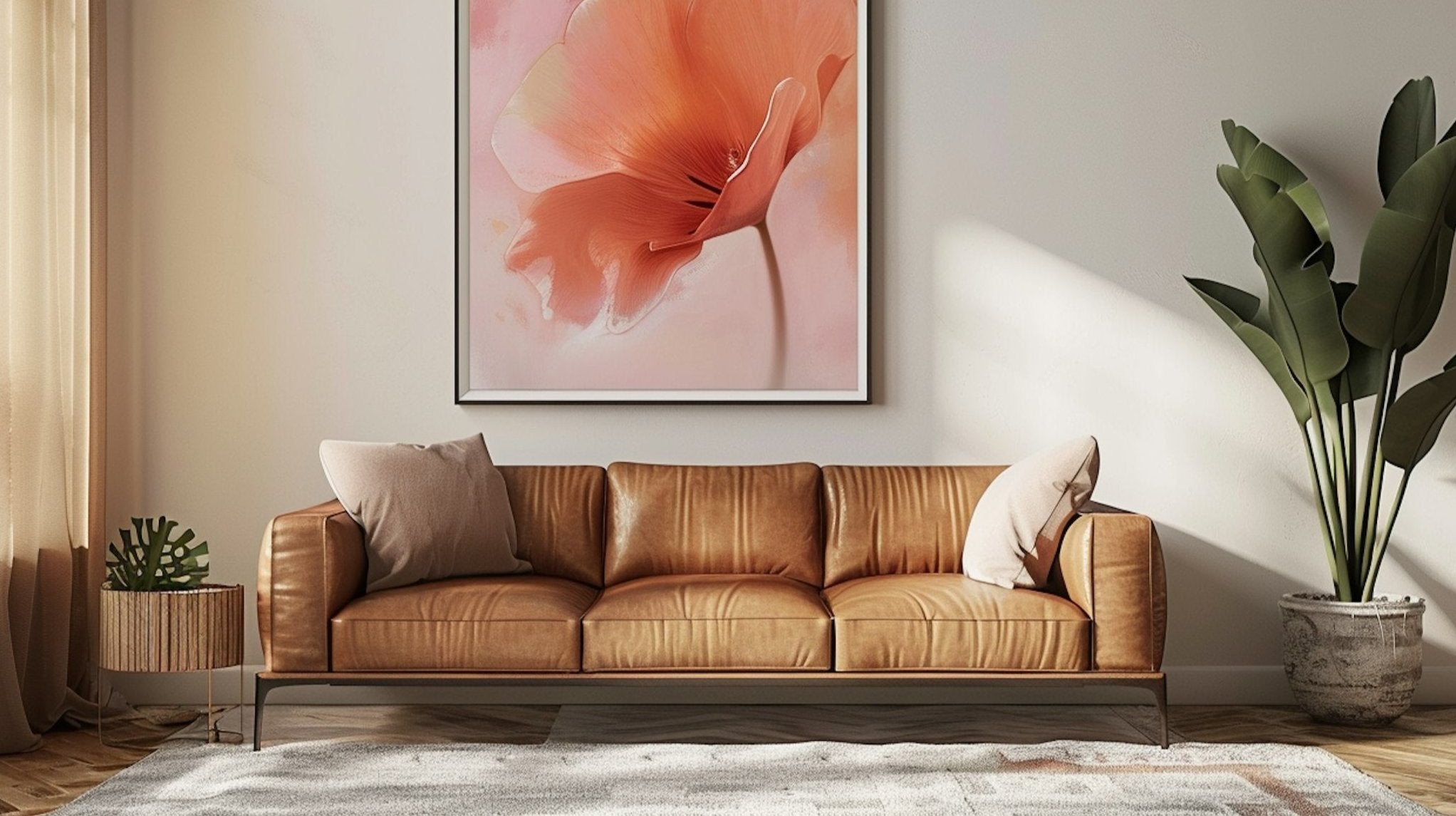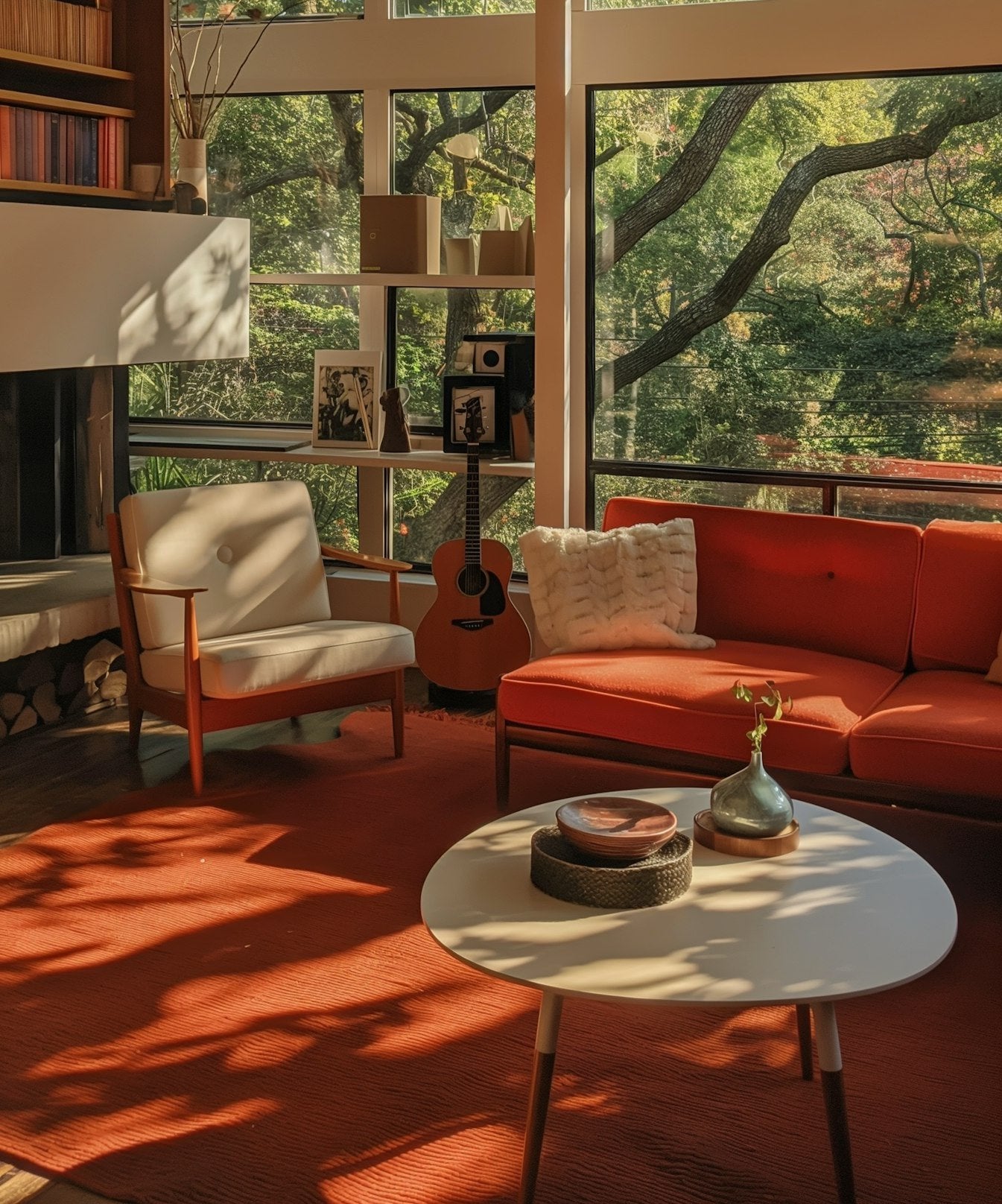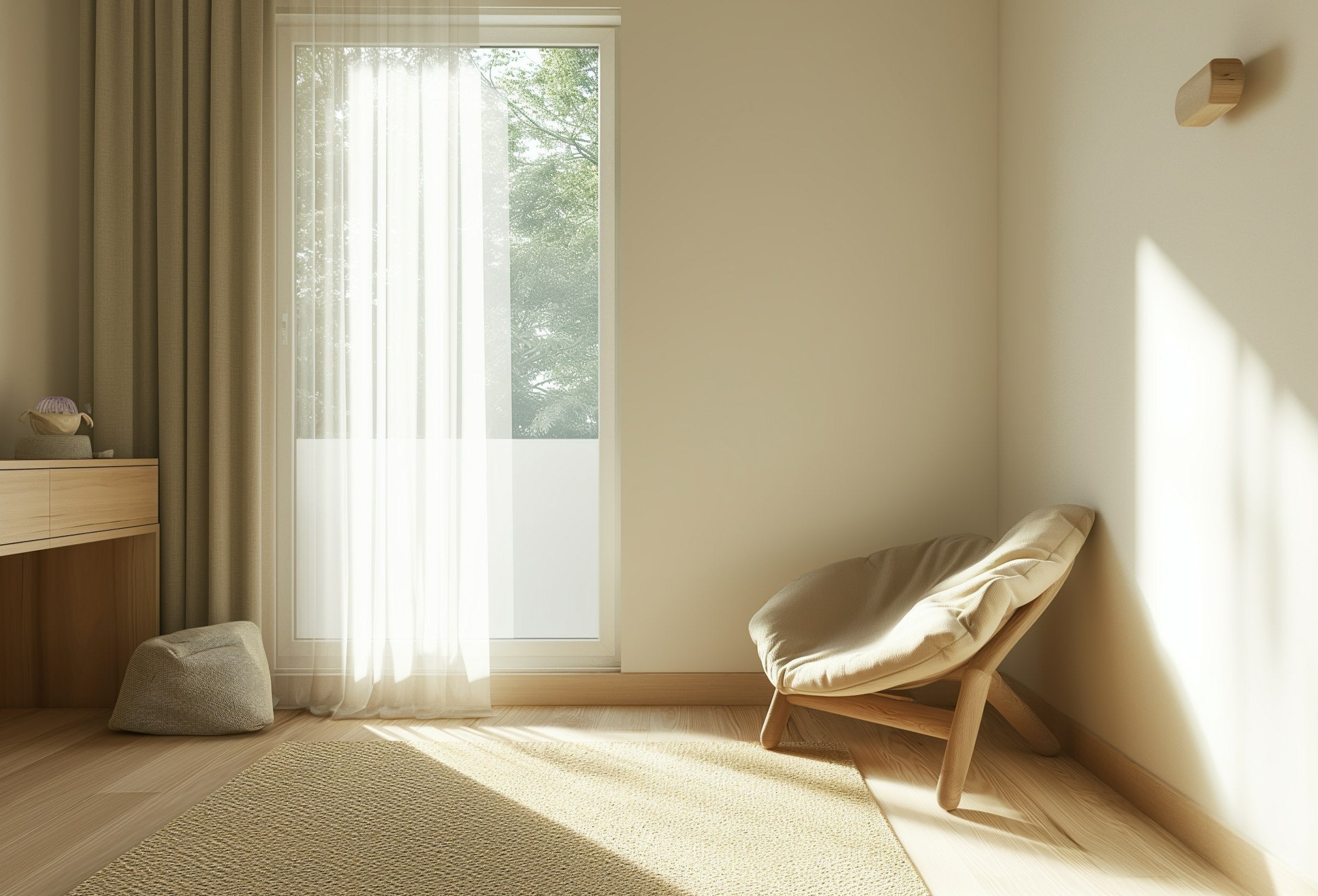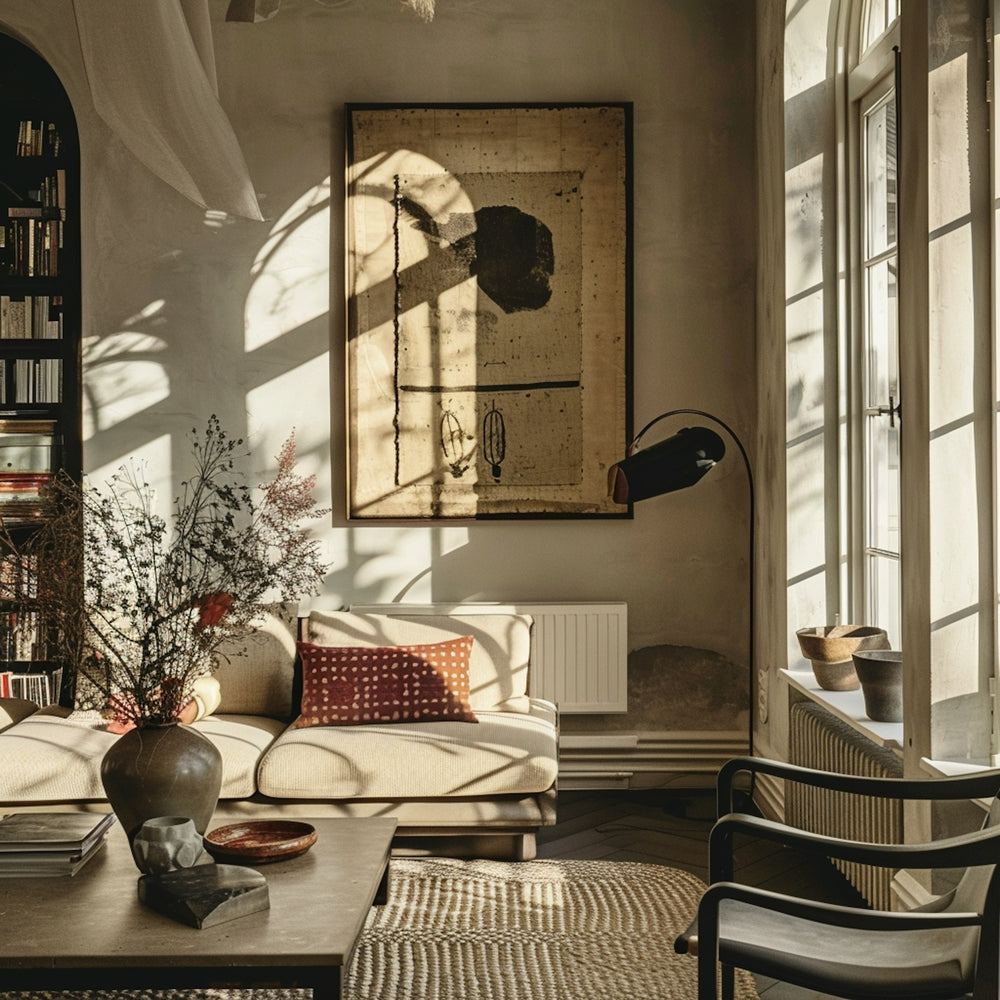area rugs ·
carpet culture blog ·
carpet history ·
history of rugs ·
rug care ·
rug design ·
rug making ·
rug news ·
rug trends ·
rug trends rug care ·
Rugs: A History of Style and Comfort
Rugs have been around for thousands of years, and their history is as rich and diverse as the cultures that have created them. The earliest known rugs were made from woven reeds and grasses by nomadic tribes in Central Asia. These rugs were used to provide insulation from the cold ground and to protect against the elements. Tribal Rugs
Over time, rug-making techniques became more sophisticated, and rugs began to be made from a variety of materials, including wool, silk, and cotton. Rugs were also decorated with increasingly intricate designs and patterns.
In the ancient world, rugs were a status symbol, and they were often used to decorate the homes of the wealthy and powerful. Rugs were also used in religious ceremonies and rituals.
The art of rug-making flourished in the Middle East during the Islamic Golden Age (8th-13th centuries). Islamic rugs were known for their intricate geometric designs and their use of vibrant colors. Islamic rugs were also highly prized for their durability and quality.
Rugs were introduced to Europe by the Crusaders in the 11th century. European rug-makers were inspired by Islamic rugs, and they began to create their own unique styles. European rugs were often decorated with floral and animal designs, as well as religious symbols.
Rugs became increasingly popular in the West in the 19th century. This was due in part to the rise of the middle class and the increasing demand for luxury goods. Rugs were also seen as a way to add warmth and comfort to the home.
Today, rugs are more popular than ever before. They are available in a wide range of styles and materials, to suit every taste and budget. Rugs are used to decorate homes, businesses, and other public spaces. They are also used in a variety of other applications, such as car mats, yoga mats, and pet beds.
Over time, rug-making techniques became more sophisticated, and rugs began to be made from a variety of materials, including wool, silk, and cotton. Rugs were also decorated with increasingly intricate designs and patterns.
In the ancient world, rugs were a status symbol, and they were often used to decorate the homes of the wealthy and powerful. Rugs were also used in religious ceremonies and rituals.
The art of rug-making flourished in the Middle East during the Islamic Golden Age (8th-13th centuries). Islamic rugs were known for their intricate geometric designs and their use of vibrant colors. Islamic rugs were also highly prized for their durability and quality.
Rugs were introduced to Europe by the Crusaders in the 11th century. European rug-makers were inspired by Islamic rugs, and they began to create their own unique styles. European rugs were often decorated with floral and animal designs, as well as religious symbols.
Rugs became increasingly popular in the West in the 19th century. This was due in part to the rise of the middle class and the increasing demand for luxury goods. Rugs were also seen as a way to add warmth and comfort to the home.
Today, rugs are more popular than ever before. They are available in a wide range of styles and materials, to suit every taste and budget. Rugs are used to decorate homes, businesses, and other public spaces. They are also used in a variety of other applications, such as car mats, yoga mats, and pet beds.











